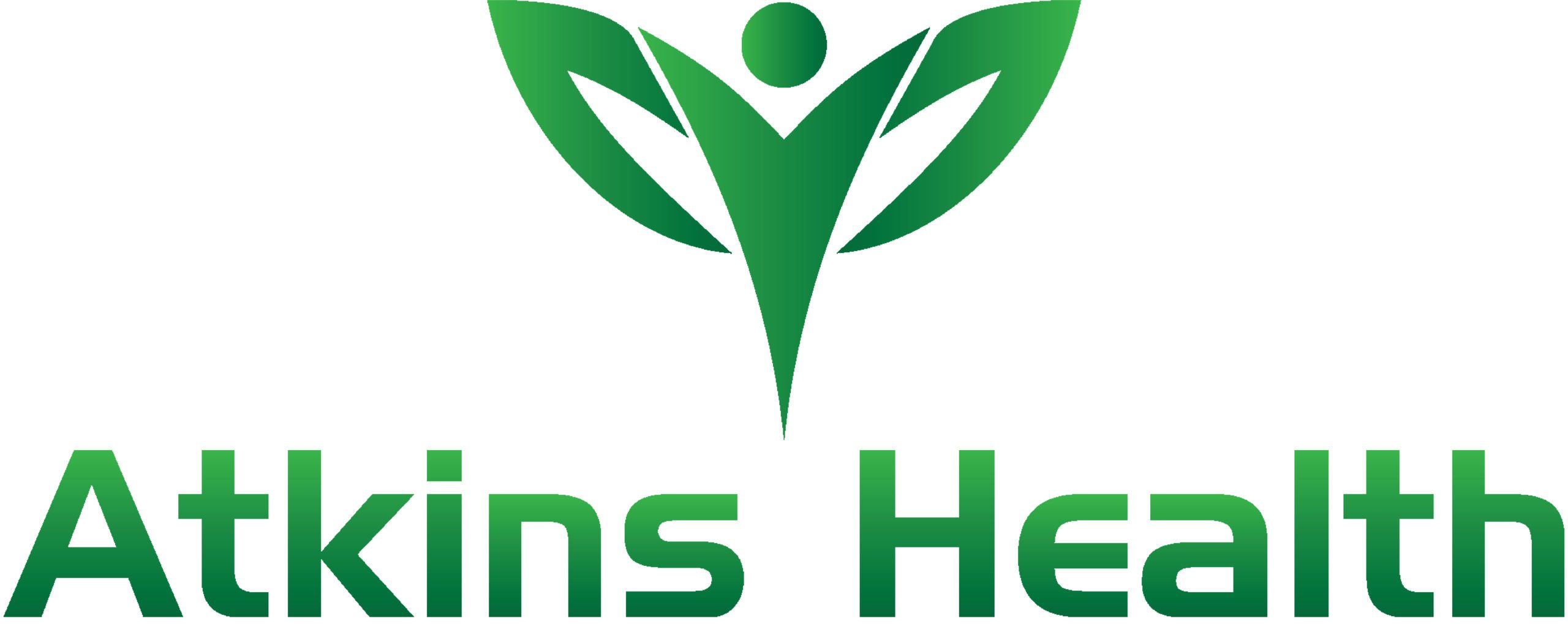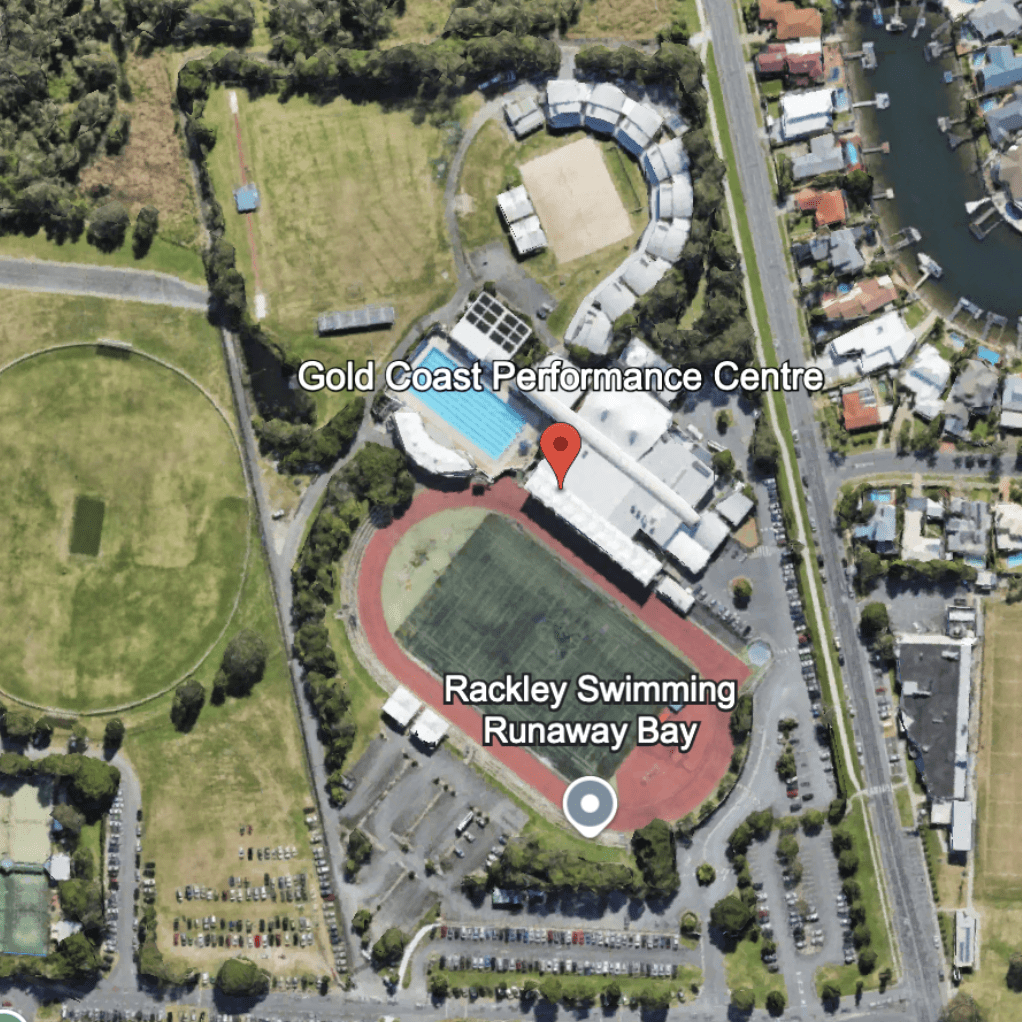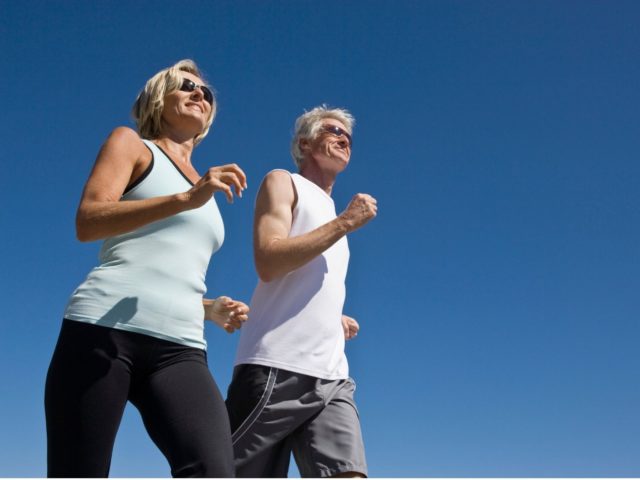Podiatry
Podiatry
Gold Coast
Why Choose Atkins Health for Gold Coast podiatry?
Our skilled podiatrists specialise in diagnosing and treating a wide range of foot and lower leg issues. From managing nail and skin conditions to addressing specific foot pain – and issues such as heel spurs, corns, and arch problems – we provide both corrective and preventative podiatry care to keep your feet healthy.
Whether you’re seeking relief from foot pain, treatment for a sports injury, or ongoing care for a chronic condition, we’re here to help. If symptoms suggest broader concerns, our podiatrists will recommend other allied health professionals. We provide comprehensive health care under one roof, including physiotherapy, exercise physiology, dietetics and remedial massage.
Conveniently located at the Gold Coast Performance Centre in Runaway Bay, our podiatry clinic offers a flexible approach to meet your needs. Call us today on (07) 3177 7779 or request an appointment.
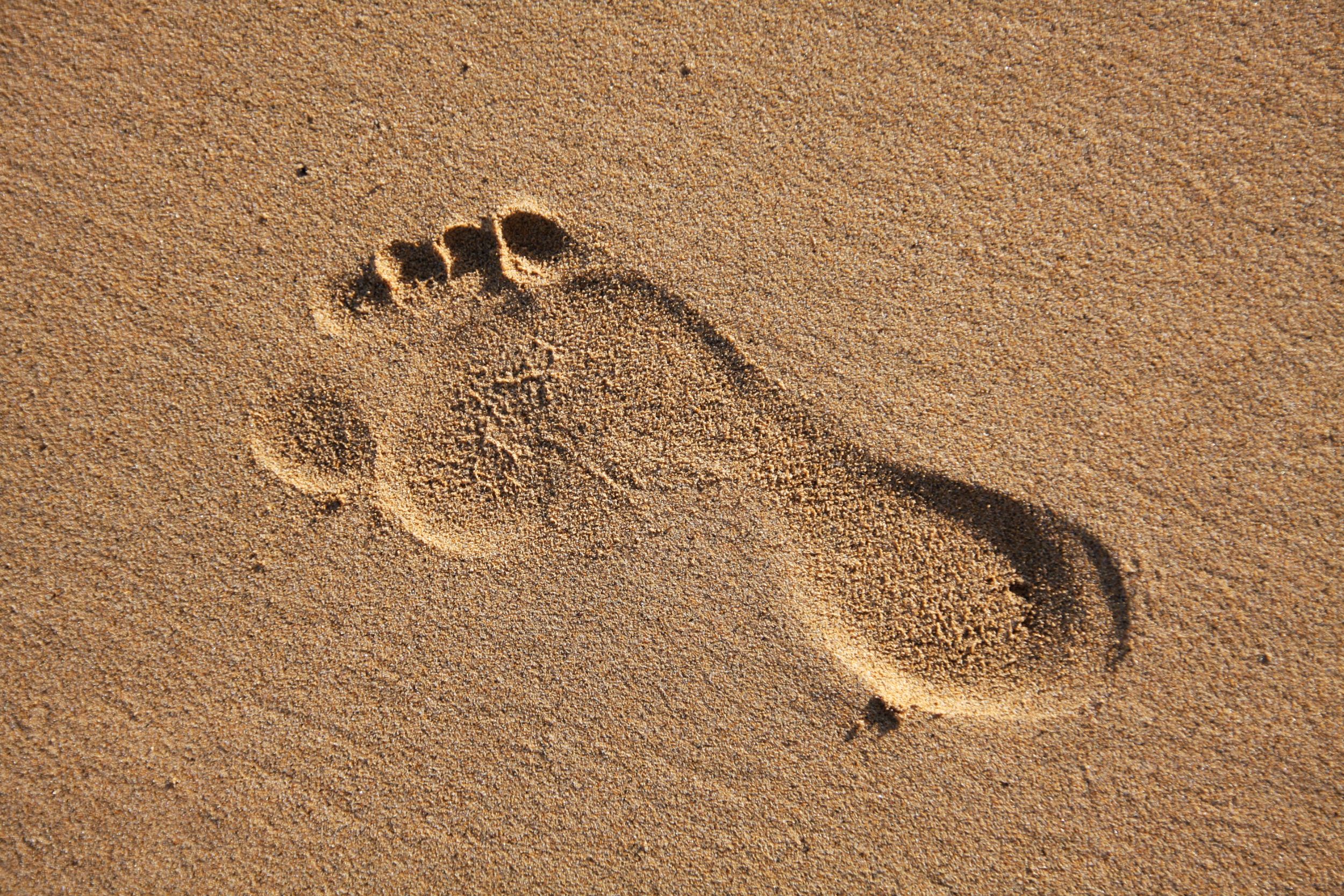
Comprehensive foot and lower leg care for all ages
Atkins Health podiatry provides professional diagnosis, treatment and prevention of medical and surgical conditions of the feet and lower limbs. We care for patients of all ages and varying conditions resulting from postural and gait abnormalities, bone and joint disorders, soft tissue and muscular pathologies, as well as neurological and circulatory disorders.
Our services include:
- Treatment of foot and ankle pain
- Footwear advice and recommendations
- Video gait analyses
- Sports and general orthotics
- Paediatric assessments
- Skin and nail services
Do I need a podiatrist or physiotherapist?
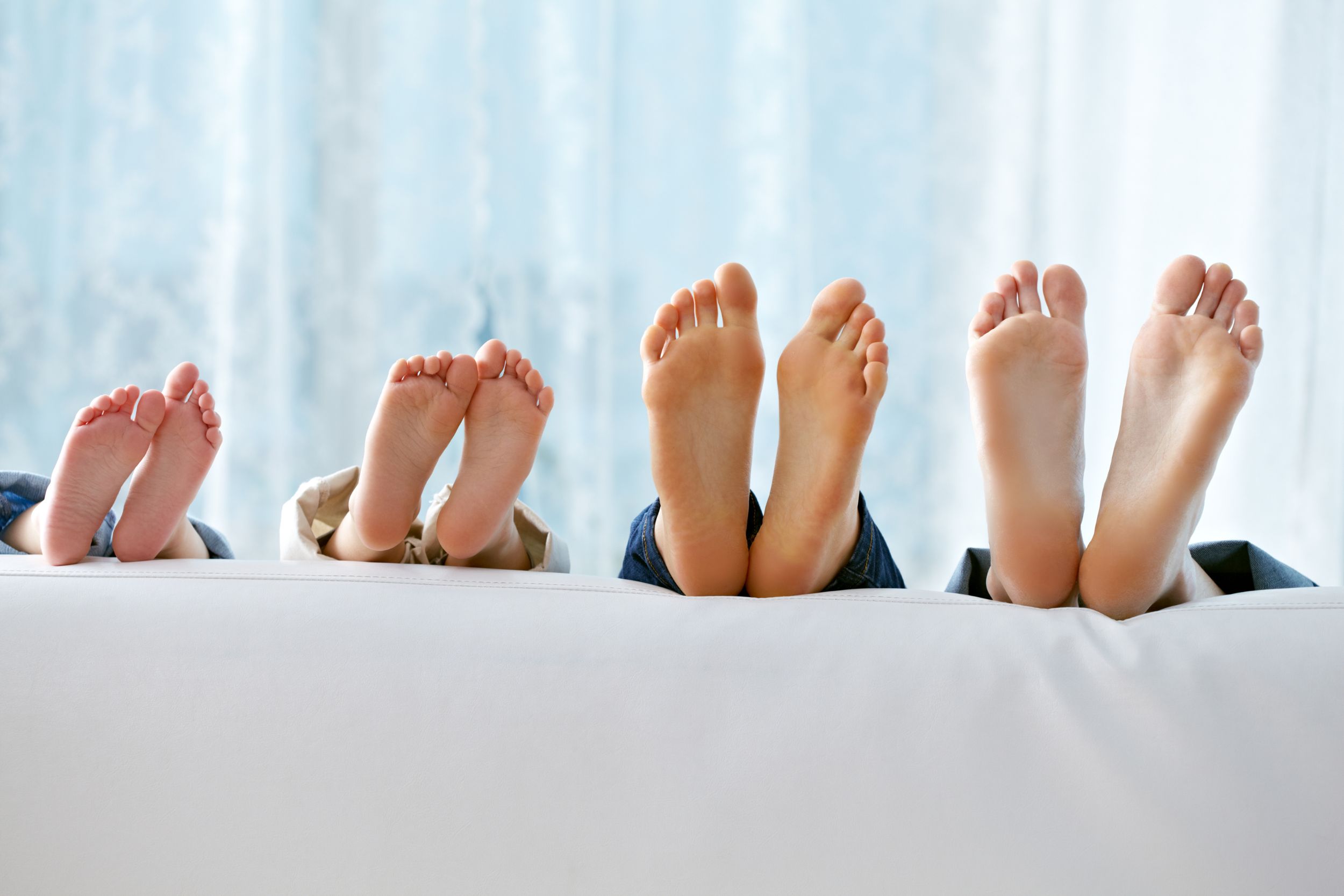
Treatment for Sore feet & Legs
Nearly a quarter of all bones in our bodies are in our feet and our feet are our bodies natural shock absorbers. Each foot takes one-and-a-half times our body weight while walking and up to five times our weight when we run, but painful feet are not a normal side effect from everyday activities.
The image below refers to some common foot and leg issues that our podiatry practice treats. Click on each of the highlighted areas to learn more.
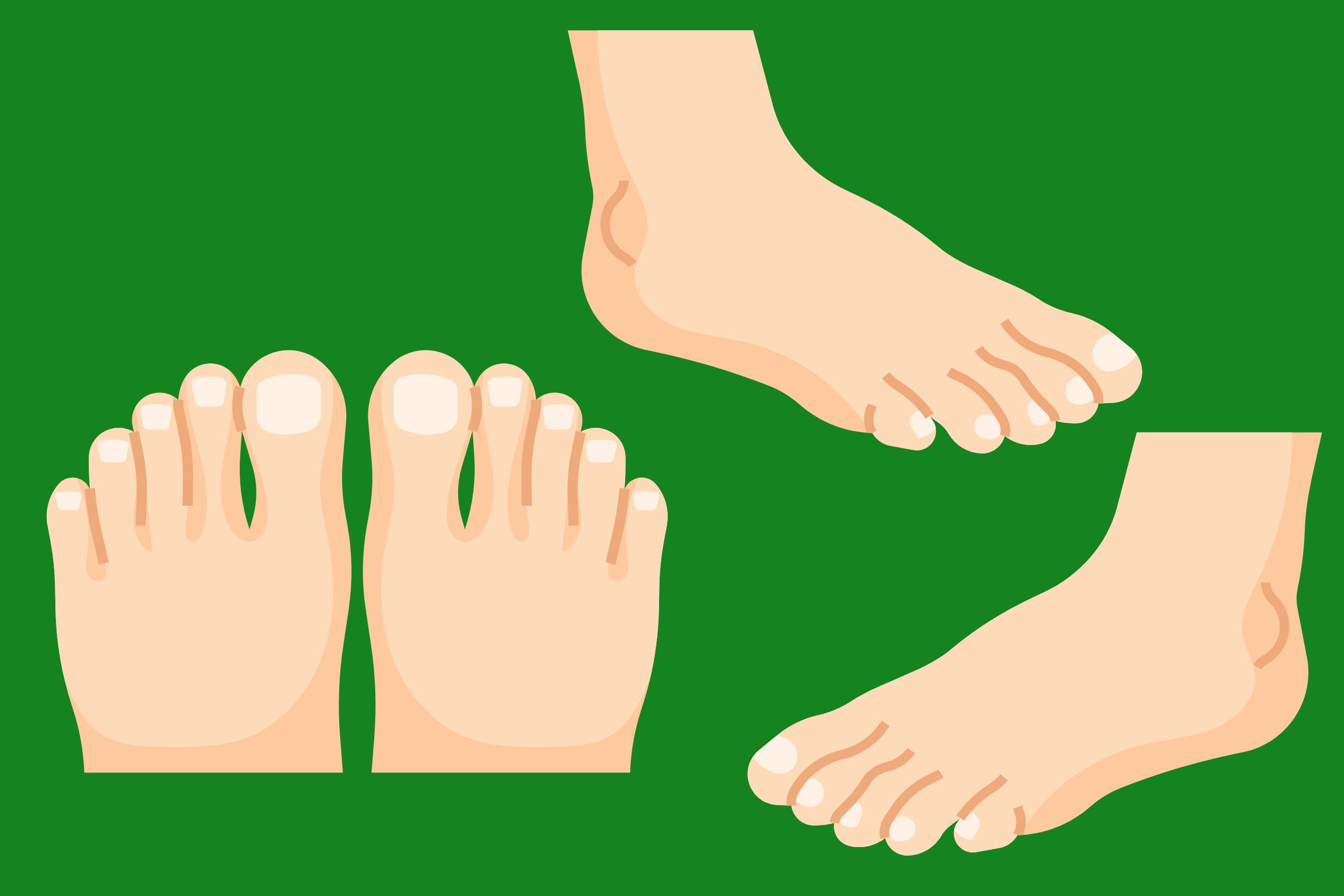
Plantar Fasciitis & Heel Spurs
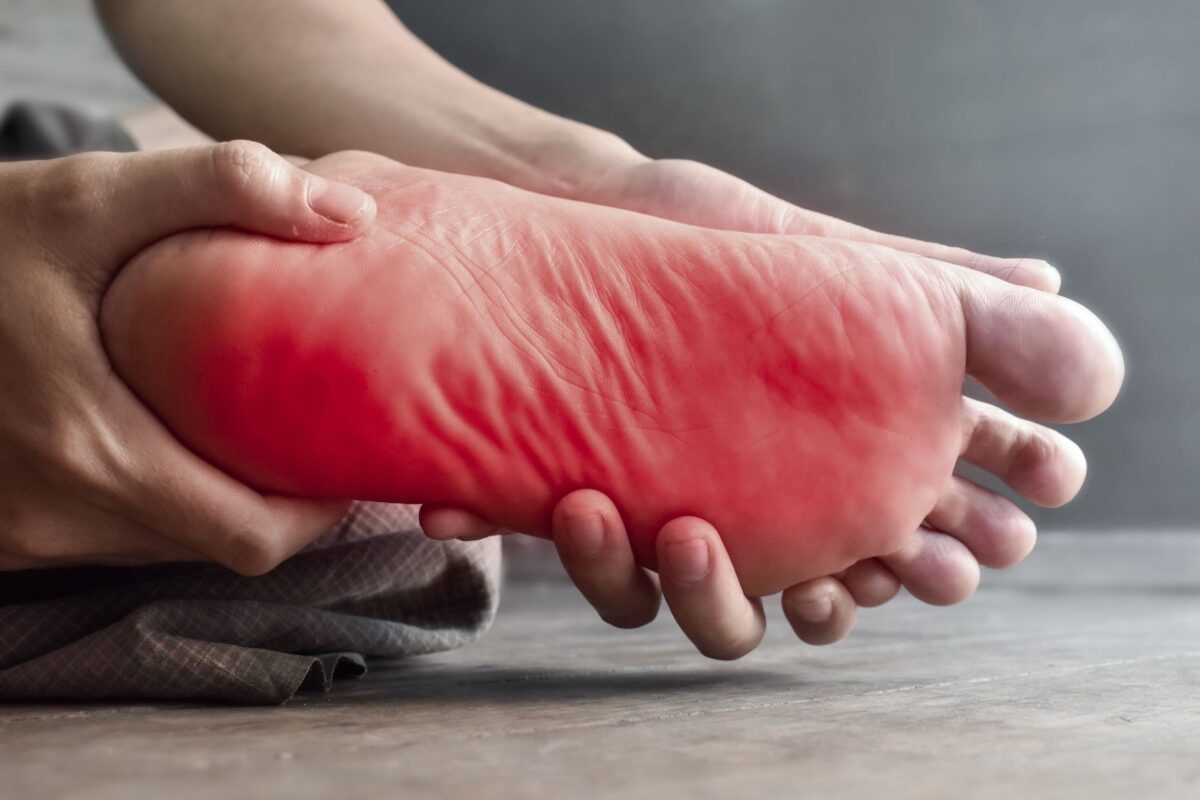
Plantar fasciitis occurs when the plantar fascia, a thick band of tissue running along the sole of your foot, sustains damage. This tissue connects your heel bone to your toes and plays a key role in forming the arch of your foot.
A leading cause of heel pain, plantar fasciitis often develops due to overstretching, overuse, or underlying medical conditions.
While plantar fasciitis is frequently linked to heel spurs – small bony projections on the heel bone – it’s important to note that many people with heel spurs experience no pain at all.
Achilles Tendon Pain

The Achilles tendon, the body’s largest tendon, connects your calf muscles to the bones in your heel. You can feel it as a firm, elastic band of tissue running along the back of your ankle and just above your heel. This tendon enables movements like pointing your toes downward or standing on your tiptoes. However, it is prone to injury, often referred to as tendonitis, which can cause a burning sensation or stiffness in the lower leg.
Forefoot Pain

Forefoot pain encompasses injuries affecting the long metatarsal bones and areas inside, outside, or beneath the ball of the foot. These injuries may occur abruptly or develop progressively over time. Acute injuries happen suddenly, often with an obvious cause, while chronic injuries gradually emerge or result from an improperly healed acute injury. Common overuse-related issues include tendonitis, stress fractures, and joint inflammation.
Ingrown Nails
 Ingrown nails occur when a nail grows into the surrounding skin rather than over it. This issue is more common in toenails than fingernails, particularly in the big toe. As the nail begins to press into the skin, symptoms usually progress through stages, starting with swelling, sensitivity, and hardening in the affected area.
Ingrown nails occur when a nail grows into the surrounding skin rather than over it. This issue is more common in toenails than fingernails, particularly in the big toe. As the nail begins to press into the skin, symptoms usually progress through stages, starting with swelling, sensitivity, and hardening in the affected area.
Shin Splints

Shin splints refer to pain experienced along the length of the shin bone, or tibia. The tibia is the large bone extending from beneath your knee down the front of your lower leg. The discomfort occurs at the points where the muscles connect to the shin. Shin splints are a frequent issue, especially for those engaging in high-impact activities that place strain on the lower legs.
Corns

A corn is a thickened patch of hard skin that forms near a bony part of a toe or between the toes. They often develop due to pressure or friction caused by shoes that rub against the toes or create irritation between them.
Dystrophic Nails

Dystrophic nails are toenails that appear deformed, thickened, or discoloured. They can result from several underlying issues, including fungal infections or certain skin conditions.
Diabetic Feet

Calluses

A callus is a thickened area of hard skin that typically forms on the underside of the foot. They develop due to uneven weight distribution, often on the ball of the foot or the heel. Calluses can also result from poorly fitting footwear or underlying skin conditions. It’s common for the soles of your feet to have some degree of callusing.
Bunions
 Bunions are bony protrusions that develop on the joint where the big toe connects to the foot, known as the metatarsophalangeal (MTP) joint. They form gradually over time, becoming larger and more prominent. This condition can cause the big toe to angle inward, occasionally overlapping the neighbouring toe.
Bunions are bony protrusions that develop on the joint where the big toe connects to the foot, known as the metatarsophalangeal (MTP) joint. They form gradually over time, becoming larger and more prominent. This condition can cause the big toe to angle inward, occasionally overlapping the neighbouring toe.

Plantar Fasciitis & Heel Spurs

Plantar fasciitis occurs when the plantar fascia, a thick band of tissue running along the sole of your foot, sustains damage. This tissue connects your heel bone to your toes and plays a key role in forming the arch of your foot.
A leading cause of heel pain, plantar fasciitis often develops due to overstretching, overuse, or underlying medical conditions.
While plantar fasciitis is frequently linked to heel spurs – small bony projections on the heel bone – it’s important to note that many people with heel spurs experience no pain at all.
Achilles Tendon Pain
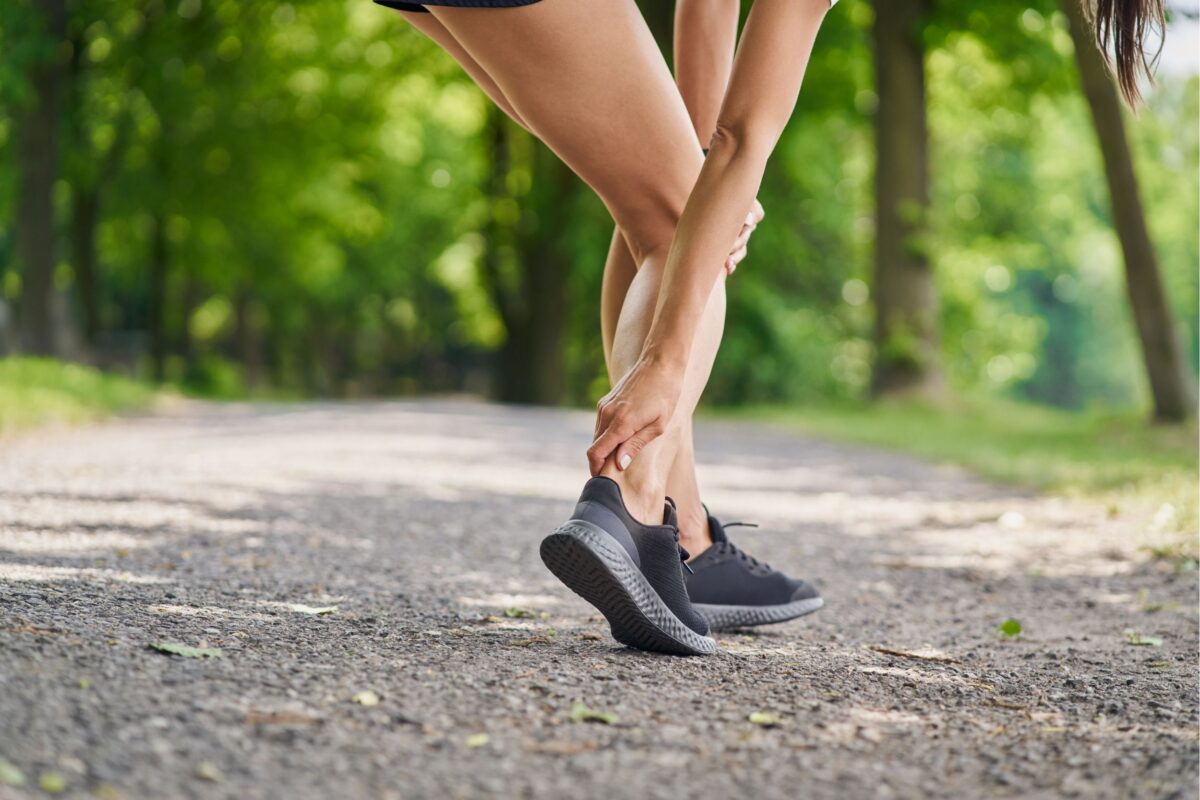
The Achilles tendon, the body’s largest tendon, connects your calf muscles to the bones in your heel. You can feel it as a firm, elastic band of tissue running along the back of your ankle and just above your heel. This tendon enables movements like pointing your toes downward or standing on your tiptoes. However, it is prone to injury, often referred to as tendonitis, which can cause a burning sensation or stiffness in the lower leg.
Forefoot Pain
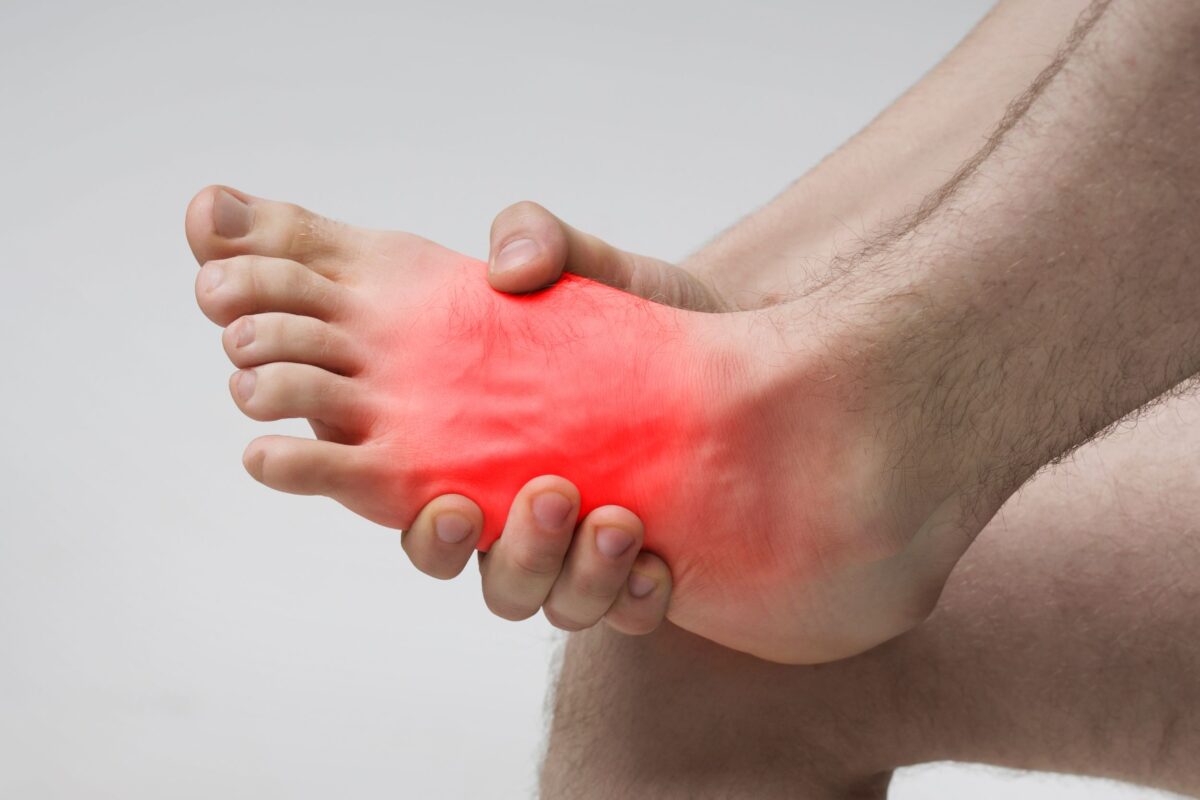
Forefoot pain encompasses injuries affecting the long metatarsal bones and areas inside, outside, or beneath the ball of the foot. These injuries may occur abruptly or develop progressively over time. Acute injuries happen suddenly, often with an obvious cause, while chronic injuries gradually emerge or result from an improperly healed acute injury. Common overuse-related issues include tendonitis, stress fractures, and joint inflammation.
Ingrown Nails
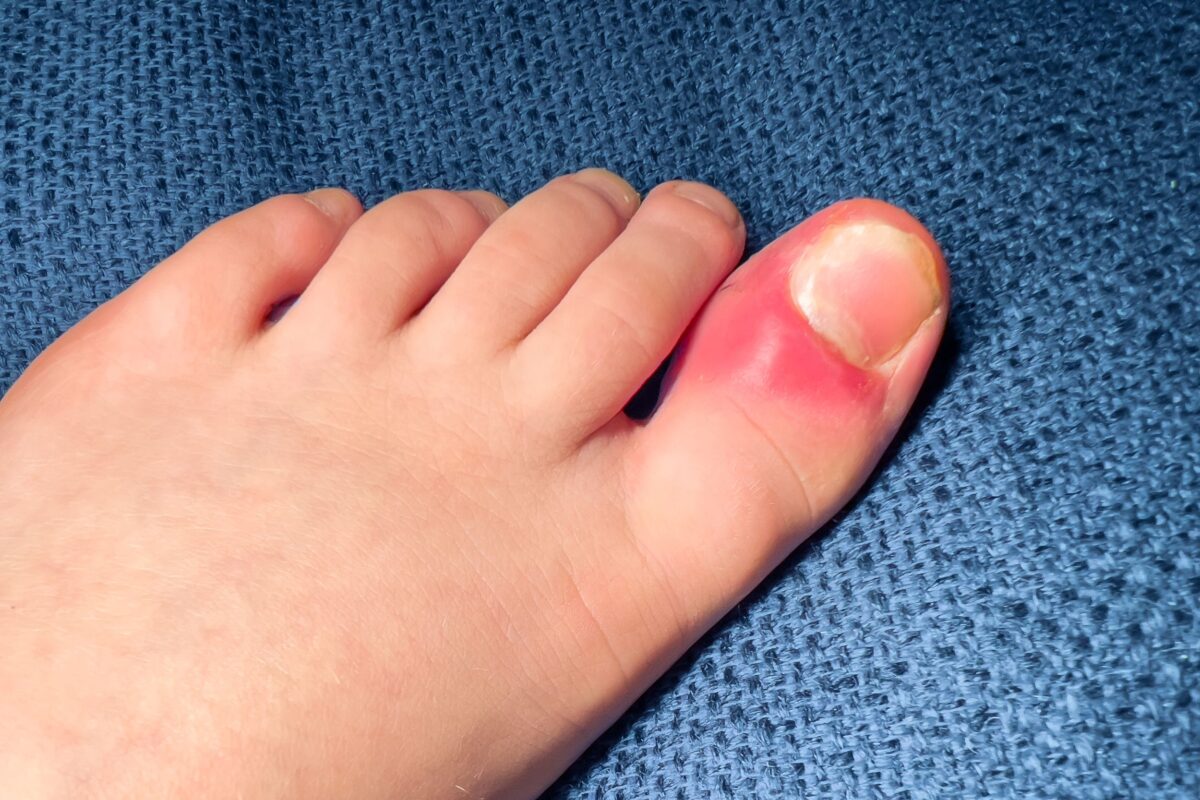
Shin Splints
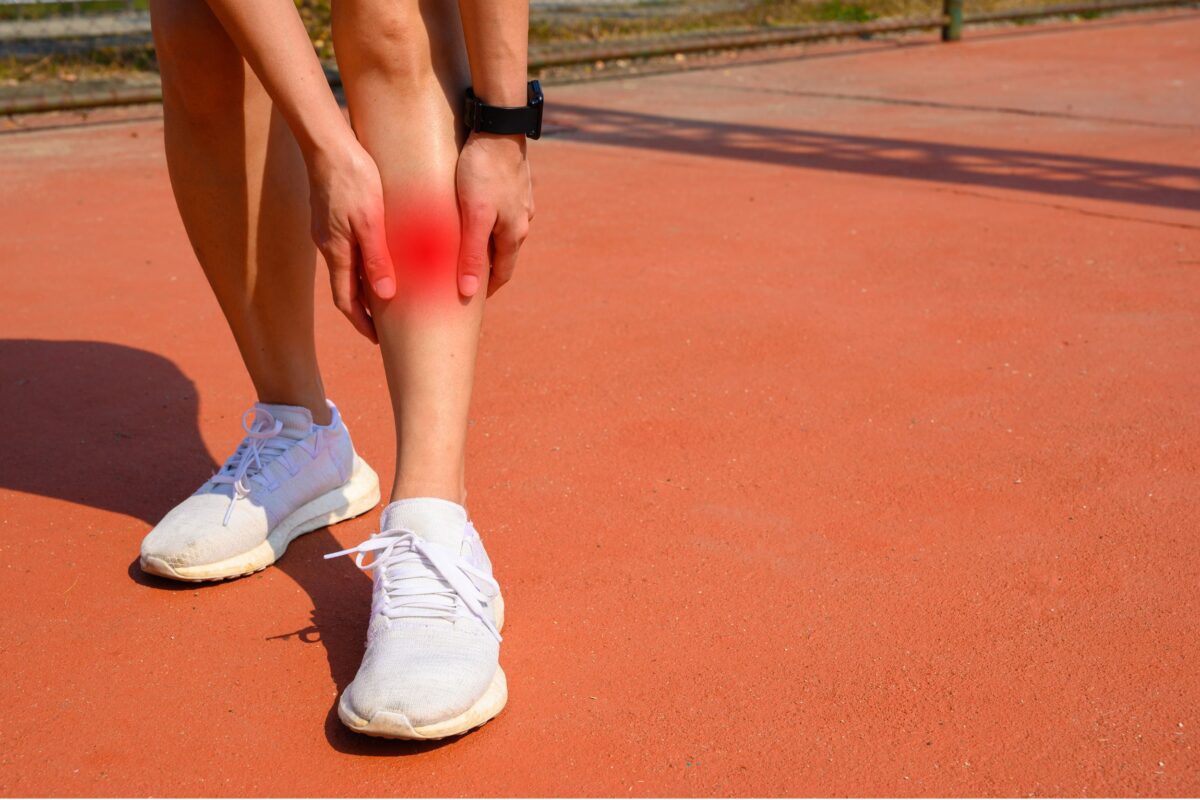
Shin splints refer to pain experienced along the length of the shin bone, or tibia. The tibia is the large bone extending from beneath your knee down the front of your lower leg. The discomfort occurs at the points where the muscles connect to the shin. Shin splints are a frequent issue, especially for those engaging in high-impact activities that place strain on the lower legs.
Corns
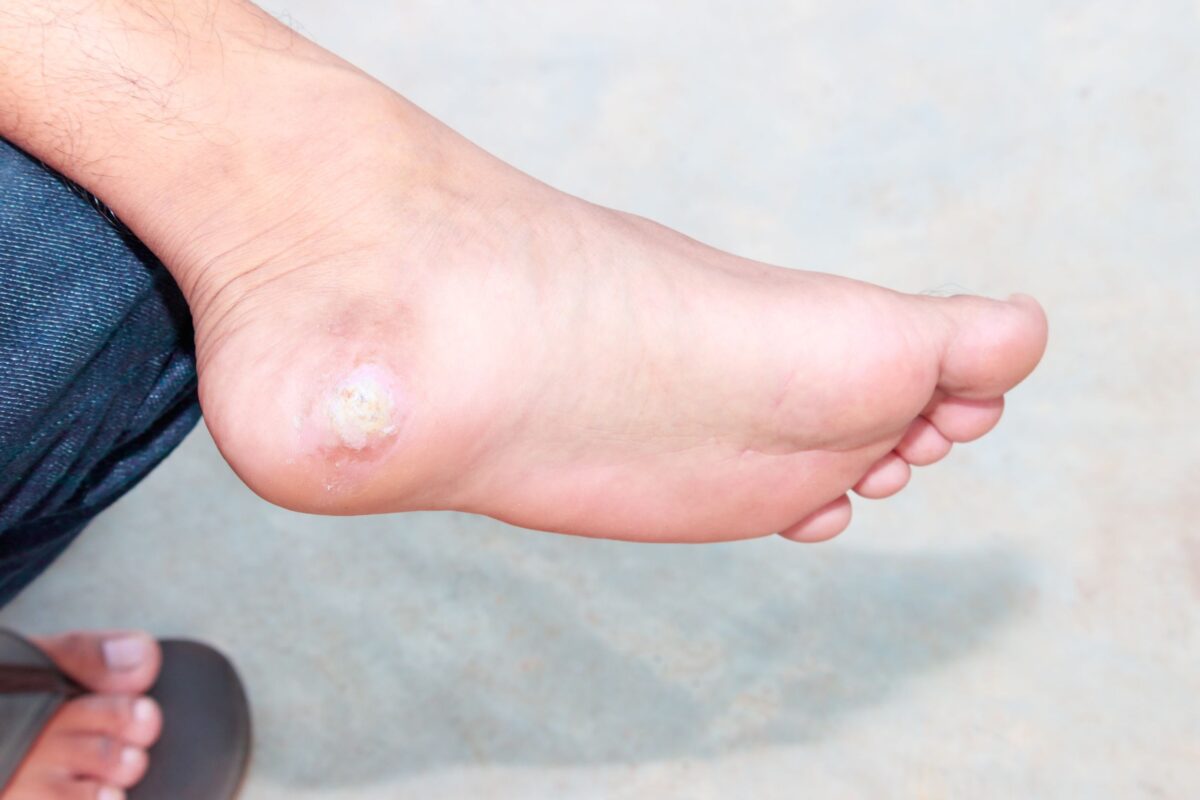
A corn is a thickened patch of hard skin that forms near a bony part of a toe or between the toes. They often develop due to pressure or friction caused by shoes that rub against the toes or create irritation between them.
Dystrophic Nails
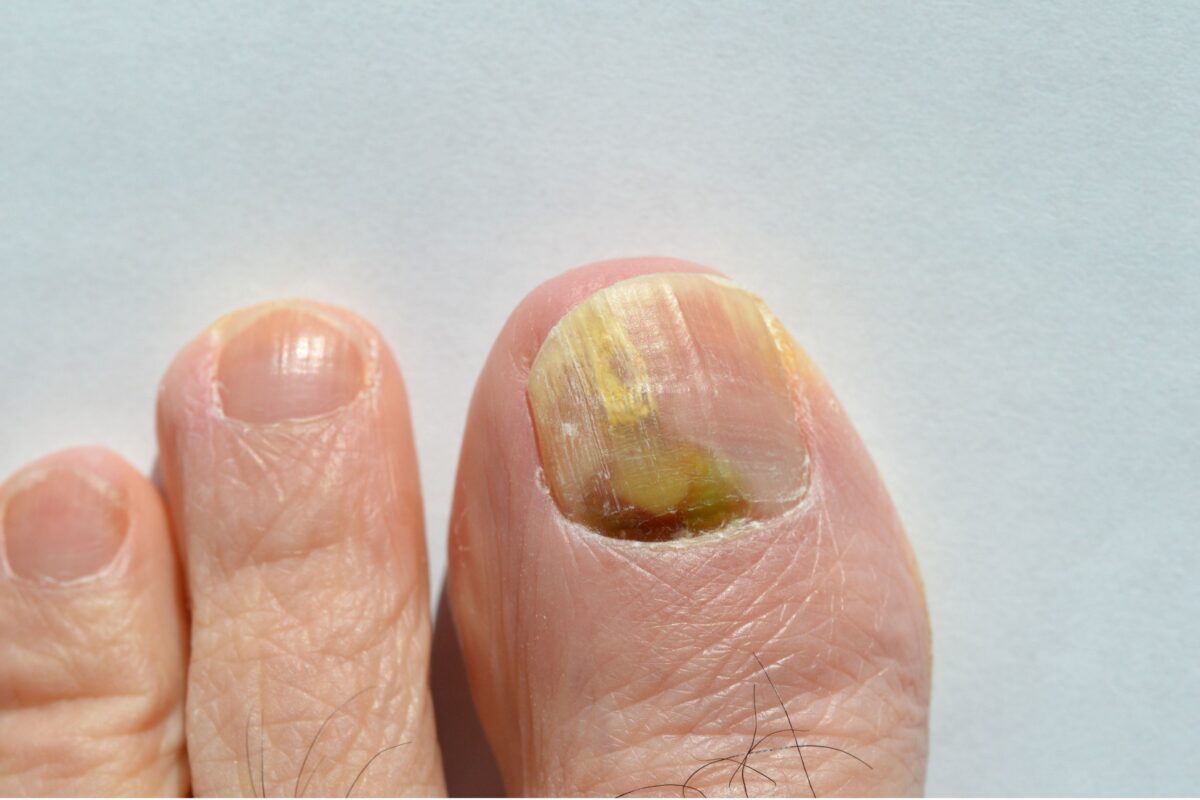
Dystrophic nails are toenails that appear deformed, thickened, or discoloured. They can result from several underlying issues, including fungal infections or certain skin conditions.
Diabetic Feet
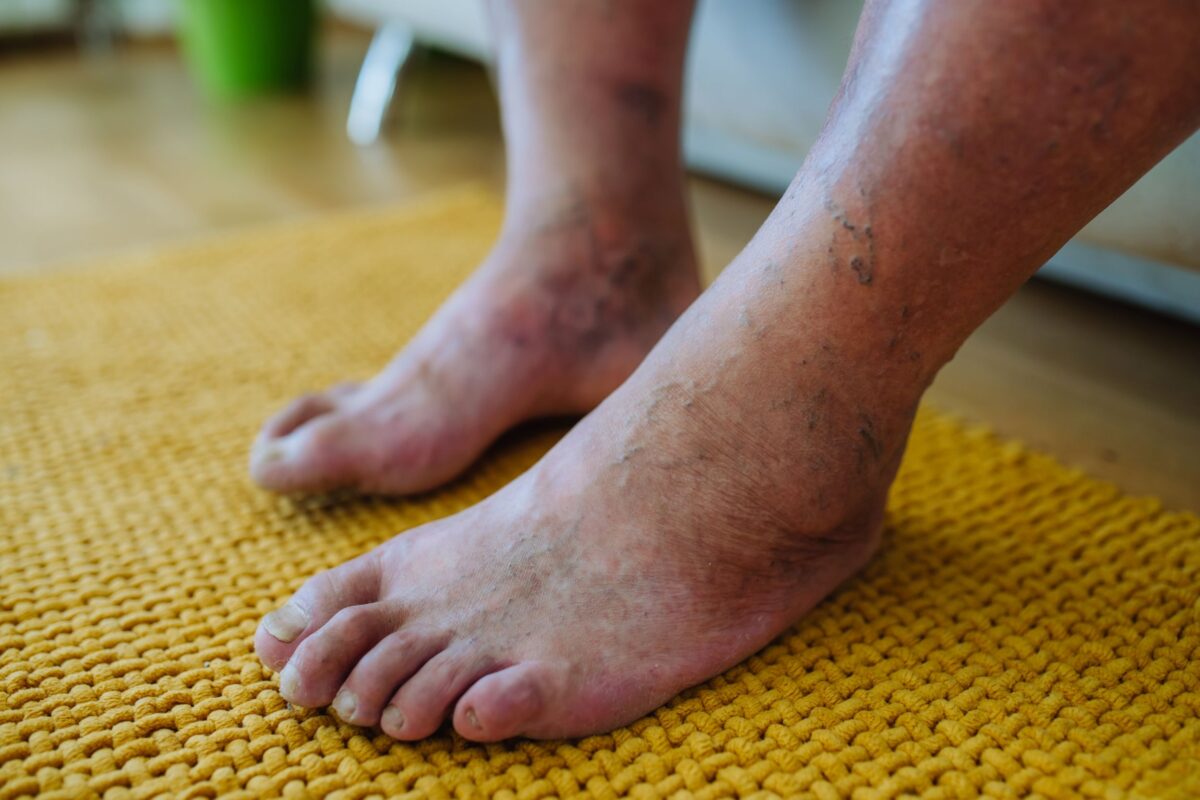
Calluses

A callus is a thickened area of hard skin that typically forms on the underside of the foot. They develop due to uneven weight distribution, often on the ball of the foot or the heel. Calluses can also result from poorly fitting footwear or underlying skin conditions. It’s common for the soles of your feet to have some degree of callusing.
Bunions
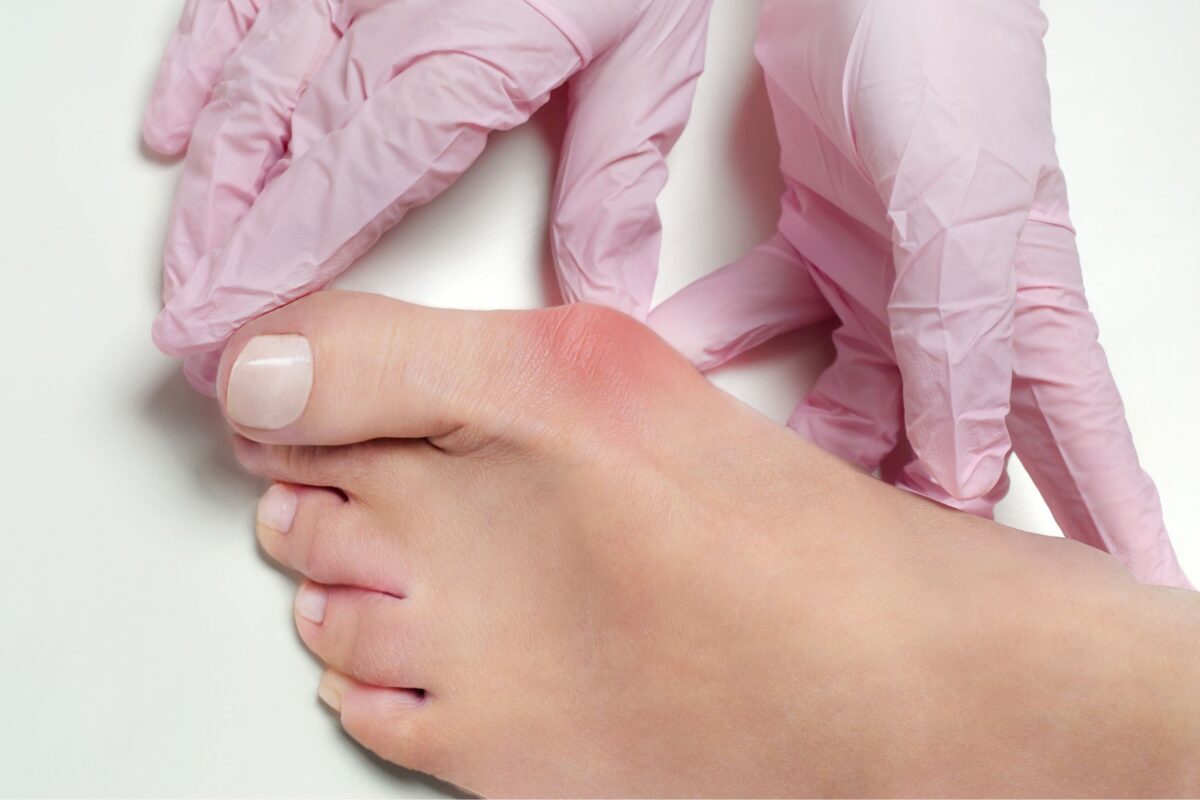
Podiatry for all Walks of Life
Children’s Podiatry
Podiatrists spend a lot of time working with kids’ feet. For children, podiatry can help address developmental issues such as flat feet, pigeon-toed feet, growing pains, or toe-wakers. walkers. Kids often get heel pain and sometimes your podiatrist is involved when surgery or imaging is required.
Athlete’s Podiatry
Adults often require care for conditions like plantar fasciitis, bunions, or nail problems that can disrupt daily activities. Athletes, in particular, benefit from podiatry due to the repetitive stress and impact their feet endure during sports. Whether it’s providing orthotics to improve performance or managing injuries like ankle sprains, Arch pain, Achilles tendonitis, or stress fractures, podiatrists help keep active individuals of all ages on their feet and performing at their best.
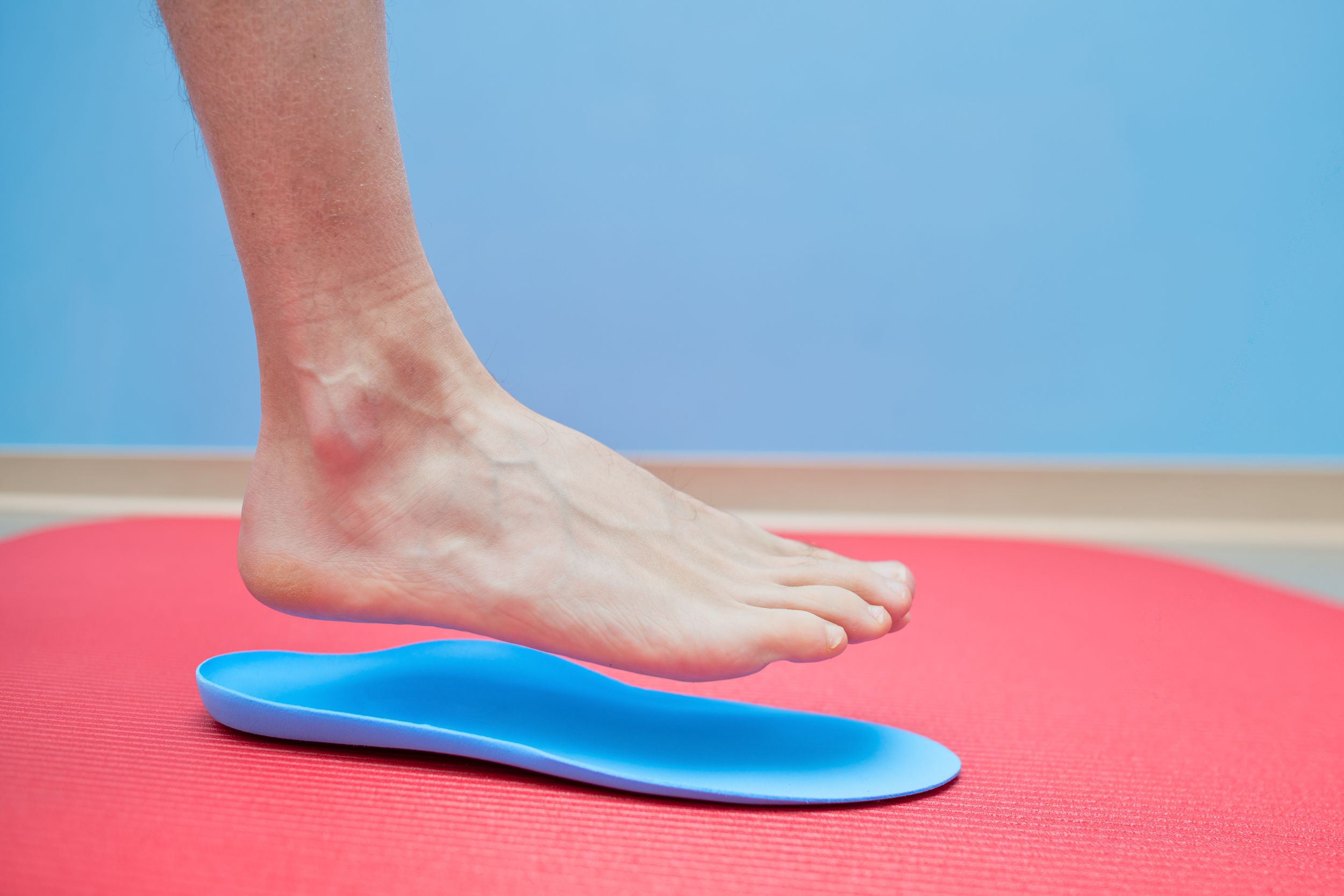
How can Orthotics Help?
Custom foot orthoses are personalised shoe inserts designed to reduce excessive loads that are contributing to lower limb pain and discomfort. Your Podiatrist uses a local laboratory that specialises only in the foot and ankle and uses the finest quality materials, modern machinery and precision techniques to ensure optimal results.
Before creating your custom orthotics, a thorough biomechanical assessment of your lower limbs is necessary. This evaluation ensures an accurate orthotic prescription which involves analysing your mobility, muscle strength, posture, and gait.
Following the assessment, a digital cast of your foot will be taken. This step is crucial to design orthotics tailored precisely to the unique characteristics of your feet. Orthotics are carefully balanced to modify foot mechanics effectively while remaining flexible and soft enough to absorb impact and enhance comfort.
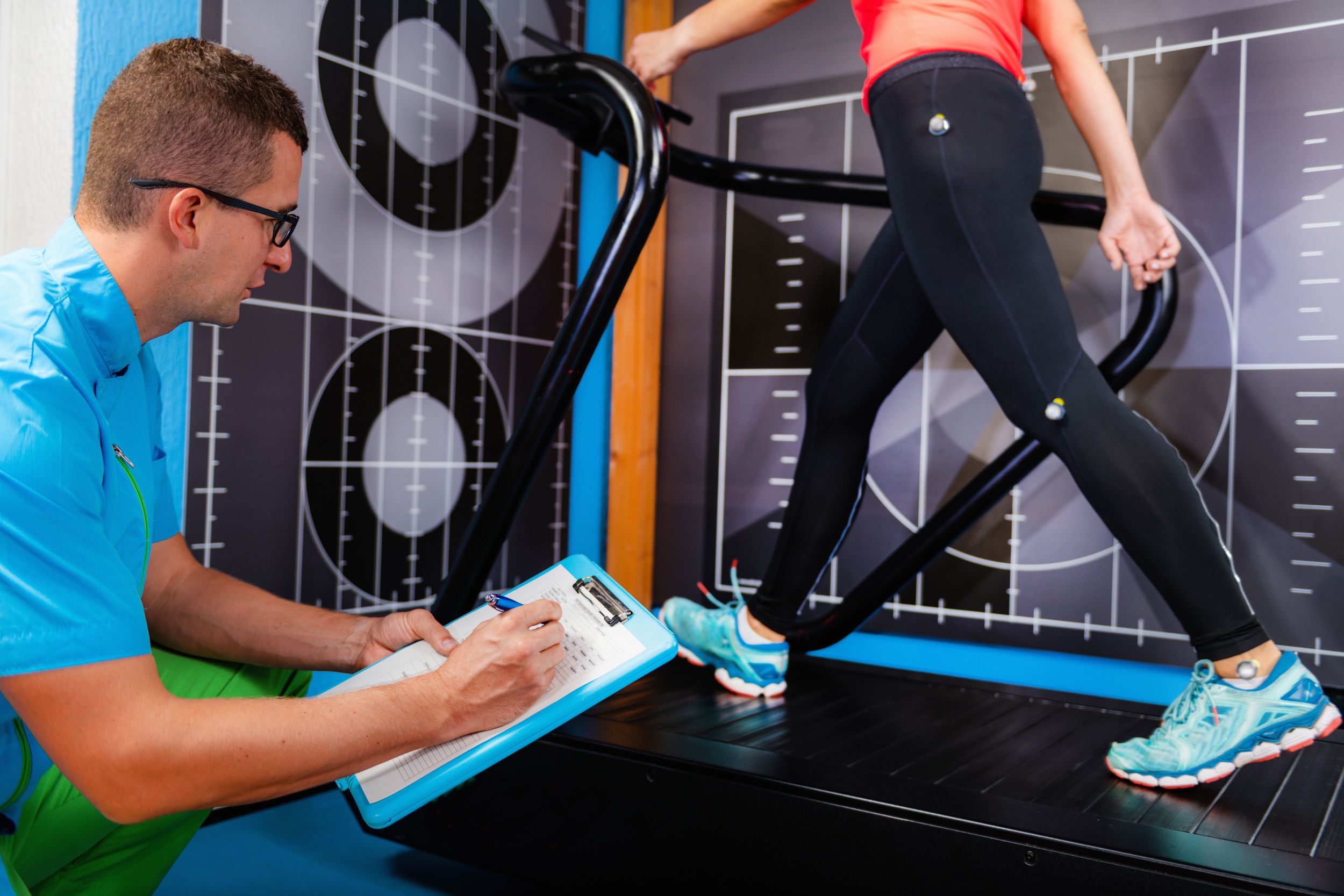
What is Gait Analysis?
Your podiatrist may assess your gait during your consultation. Gait analysis is used to identify inefficiencies in movement and injury. It also helps detect postural or movement issues that may lead to dysfunctions. This assessment involves evaluating step length, regularity, gait velocity, cadence, step repeatability, and body sway. The data provides therapists with objective insights to assess abnormal or uneven gait patterns.
If you’re a runner looking to understand why you’re injury-prone, your podiatrist will gather details about your running history, training goals, and outcomes. Following a lower limb biomechanical exam they’ll analyse your walking and running biomechanics using a specialised treadmill with video and force plate data. They might also record your walking or running using a digital video camera or tablet. This can reveal valuable insights into the cause and treatment of your concern. Gait analysis could also be used by your podiatrist to recommend ways to enhance performance.
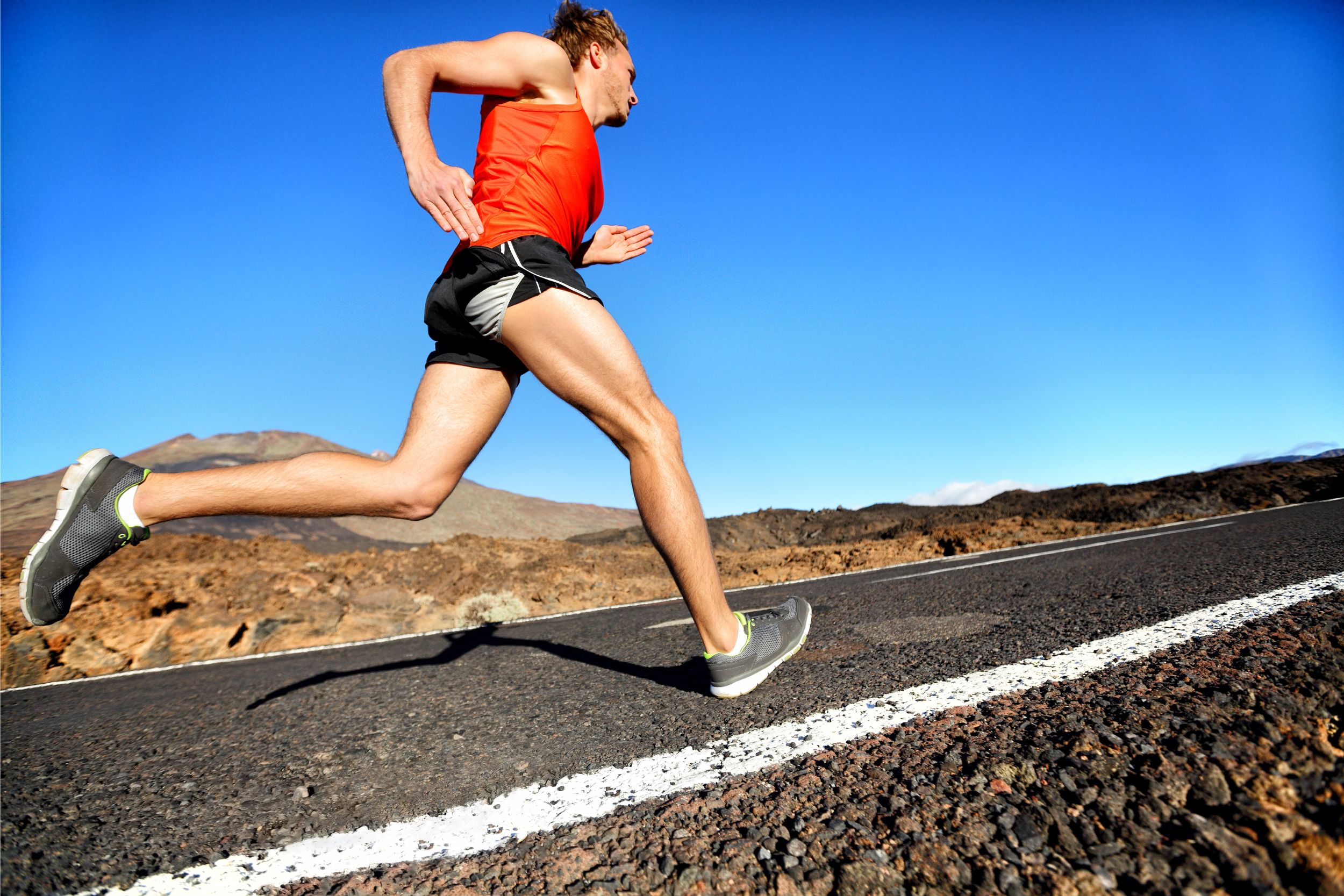
What is Sports Podiatry?
Our teams works closely with some of the Gold Coast’s leading sports physicians and orthopaedic surgeons. Our podiatrists also work alongside our exercise physiologists and physiotherapists to deliver a unique, multidisciplinary approach to care.
We provide consultations for both professional and amateur sportspeople and our sports podiatry services are tailored to meet the needs of athletes from all sports. We know that foot and ankle problems can disrupt even the most dedicated athletes, so we focus on delivering effective care to help you return to peak performance quickly.
With expertise in treating a range of conditions, including ankle sprains, Achilles tendonitis, stress fractures, and plantar fasciitis, our sports podiatrists are equipped to handle your needs. Whether you’re a seasoned competitor or simply enjoy weekend sports, we’re here to help you get back on track.
Ready to put a spring in your step?
1. Referrals aren’t necessary
Getting a referral from a GP is not required to see a podiatrist but is necessary in order to claim Medicare benefits for podiatry. If you are ineligible for, or do not intend to claim Medicare benefits, then podiatry sessions can be booked without one. In either case, the following steps 2 and 3 apply.
If you intended to claim via private health insurance, please check your insurer’s requirements with them directly.
2. Initial consultation
Our podiatrist will conduct an initial assessment to determine areas for treatment and the best approach for your health journey. These generally fall into the categories of either biomechanical, e.g. relating to foot pain or orthotics, or general nail, e.g. ingrown nails, nail cutting or callus debridement etc.
Initial consultations are 30 minutes. Book online or call us on (07) 3177 7779 to make an appointment.
3. Ongoing consultations
In subsequent consultations our podiatrist will continue the treatment plan. Depending on individual circumstances this might include a program engaging other Atkins Health practitioners or other professions. Your podiatrist would discuss this with you.
Subsequent consultations for podiatry are booked for 30 mins unless otherwise determined by your therapist.
Where to Find Us
Funding Your Healthcare
It can get complex navigating the various funding options and plans that may be available to you. We’ve tried to unpack and explain the options here.
We are also pleased to provide podiatry services for the following patients:
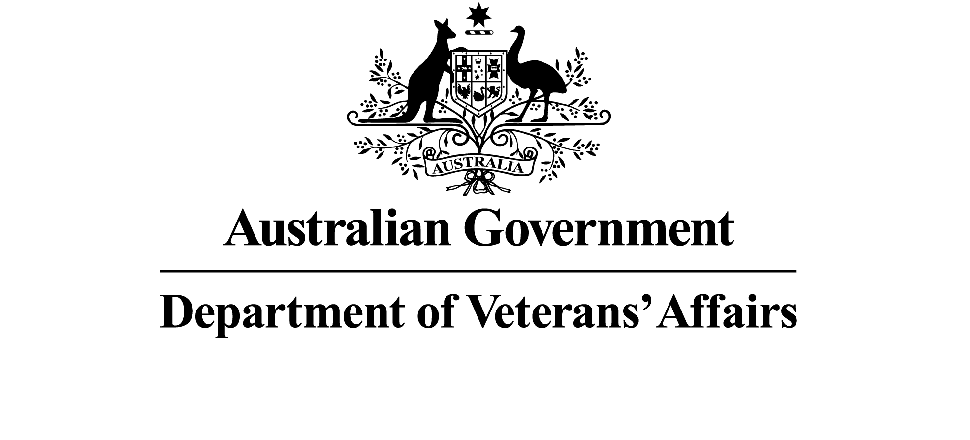
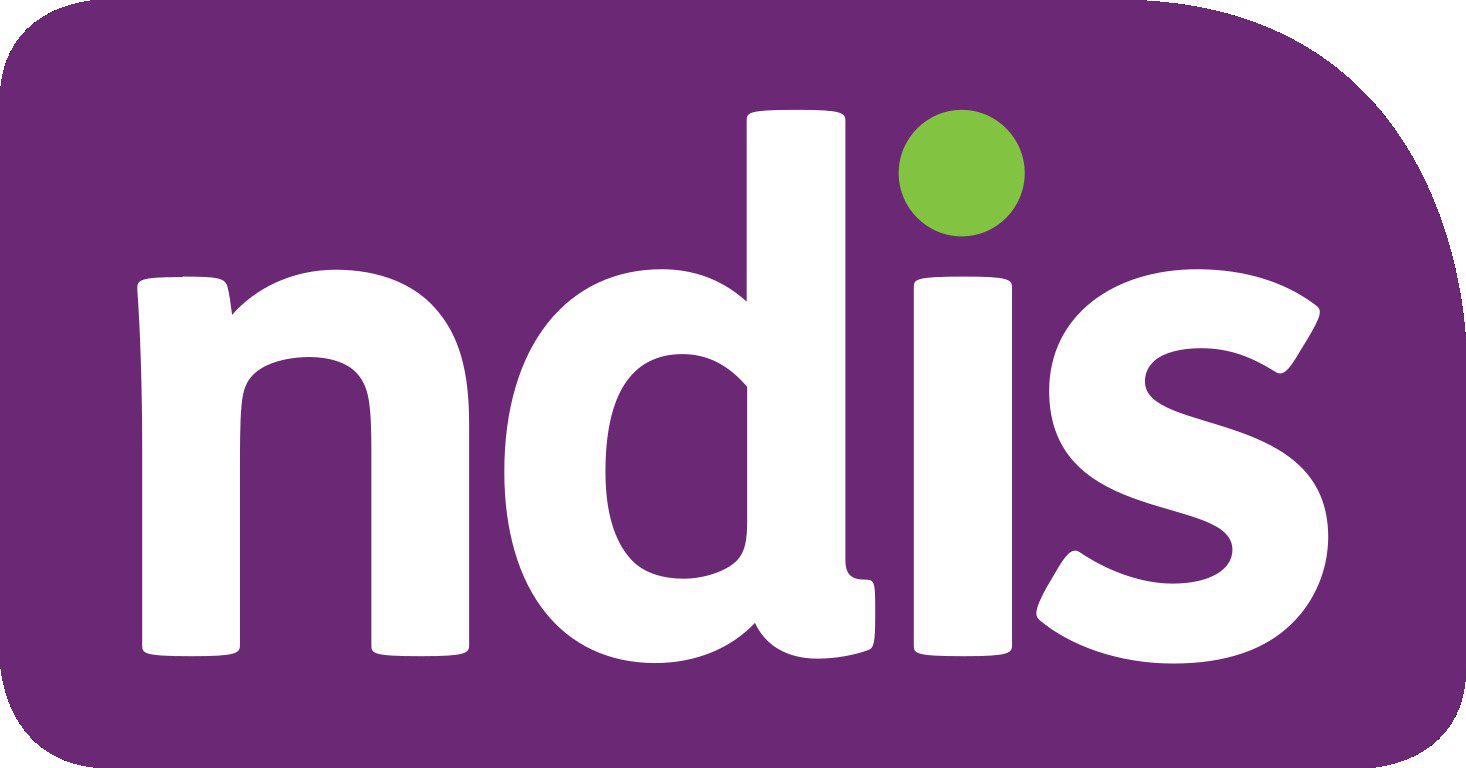

DVA Card Holders*
NDIS Clients
Workers’ Compensation Claimants
*DVA Gold Card clients can access a free pair of orthotics every year and are entitled to unlimited podiatry sessions. A D904 (Dept Veterans’ Affairs request referral) form from a GP is required.
Client testimonials
DOROTHEA BAKER
PATRICIA BRANDES
Atkins are professional and available. They’ve proven to be very helpful for improving my family’s health.
MARICA EINHORN
LES KAUFMAN
It can be easy to get caught up in the good carbs vs bad carbs narrative. Our Accredited Practising Dietitian provides a dose of reality and evidence-based truth.
Come and join Ben, every Friday morning in Robina for a two hour walking program, delivered in conjunction with Gold Coast Health to support the community with a monitored exercise routine.

